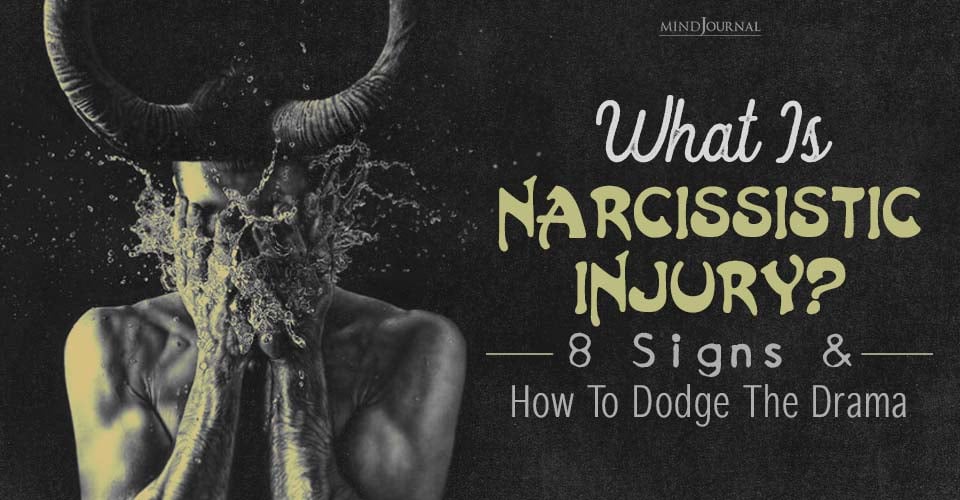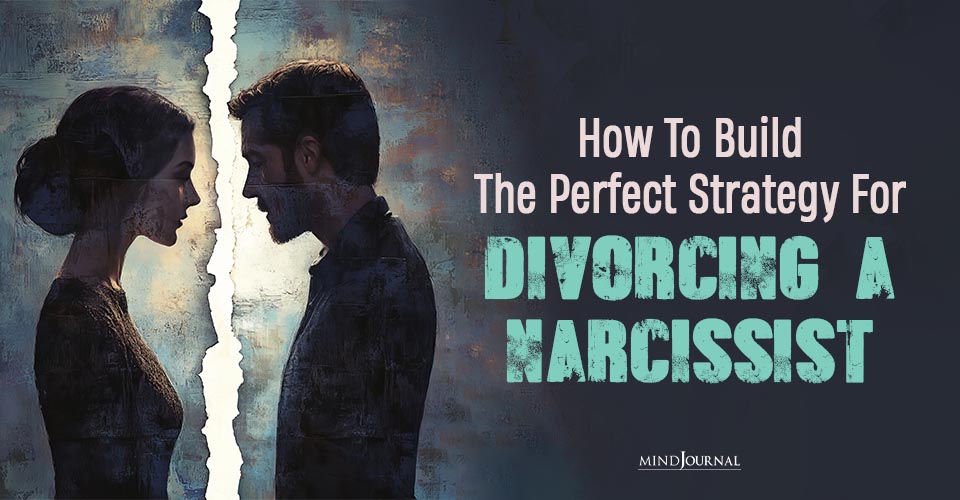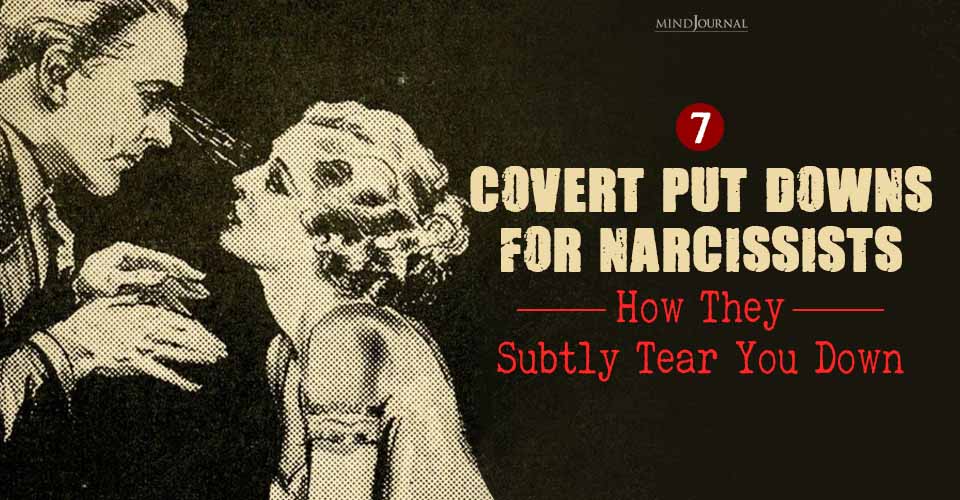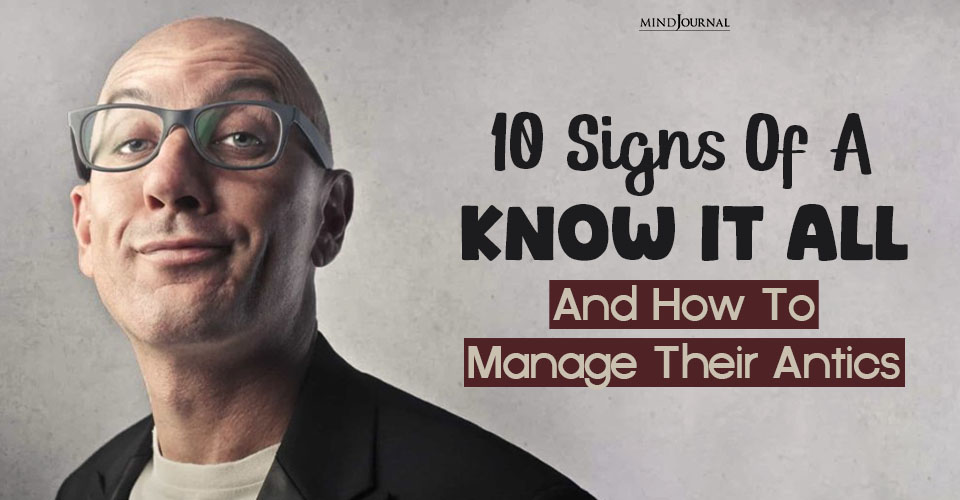Dealing with a compulsive attention seeker can be exhausting, leaving you feeling drained and overwhelmed. Understanding their behavior and learning how to manage your responses is key to maintaining healthy relationships and preserving your own well-being.
Not getting ample attention causes real harm; loneliness is a sad and silent killer (see “10 Tips that Can Help You Get Past Loneliness”). On the other hand, receiving incessant attention can cause huge problems for both the demanding person and the community.
The demanding person might grow increasingly dependent on external attention and develop a shallow and unstable sense of self. Usually, this causes anxiety, depression, and an angry demand for more and more attention.
Most incessant attention seekers suffer from nagging insecurity and must get their “fix” of attention to feel the resemblance of inner peace.
While he or she might look vibrant, there is a great deal of suffering in “wanting more.” True happiness is the absence of wanting more and an openness to the world as it unfolds.
Related: Attention Seeking Behavior In Adults: Common Reasons And How To Deal
Meanwhile, the environment of an attention seeker becomes barraged with demands; everybody gets exhausted and charged with emotions. As drama unfolds, everybody becomes unhappy.
The most compulsive attention seekers suffer from the behavioral patterns of a Histrionic Personality Disorder and truly inflame family, friends, teachers, therapists, or even a wider community.
The word “histrionic” means theatrical and is derived from the Latin word histriōnicus—“of actors.” (This is different from being an overly, out-of-control emotional, commonly known as hysterical.
“Hystera “is a Greek word and means “womb.” It was believed that only females could suffer from it, a misconception debunked by both experts and just about anybody who has paid attention to what’s unfolding on social media.)
According to the DSM-V1, people with histrionic personality disorder are at least 18 years old and suffer from a pattern of excessive emotionality and attention seeking behavior.
They have at least five of the following symptoms:
- Is uncomfortable in situations in which he or she is not the center of attention.
- Interaction with others is often characterized by inappropriate sexually seductive or provocative behavior.
- Displays rapidly shifting and shallow expression of emotions.
- Consistently uses physical appearance to draw attention to self.
- Has a style of speech that is excessively impressionistic and lacking in detail.
- Shows self-dramatization, theatricality, and exaggerated expression of emotion.
- Is suggestible, i.e., easily influenced by others or circumstances.
- Considers relationships to be more intimate than they actually are.
Thank goodness for theater and for a person who acts as ‘the life of a party.’ We learn from acted-out scenarios; they can move us to become better people. And we love to be entertained, especially during dull and dreadful times.
However, when we find ourselves on the stage of real life with histrionic people and begin to act out roles for which we never consciously signed up, we are being robbed of our sanity.
Histrionic people have a talent for splitting people. Suddenly, one parent is favored over the other, only to switch roles the next day. Sometimes horrific accusations are made.

Should a histrionic person find him or herself in a treatment center, the therapists might begin to fight with each other as tension builds.
A group that is influenced by a histrionic person might begin to feel divided into desired and undesired people, with the histrionic person getting most of the attention as a hero or victim while the group is divided up into favorites and scapegoats.
In short, dysfunction around a histrionic has the potential to spread, terribly burdening families, draining groups of energy, and pitting persons against persons.
What is there to do?
Related: Desperate For Attention? 9 Key Signs Of Attention Seeking In Adults
5 Strategies to Deal with a Compulsive Attention Seeker
First, accept that excessive attention seeking cannot easily get fixed as no patterns of habits are ever altered without tremendous effort and support.
Second, please pay attention to those family or group members who are generally overlooked. We must listen to the exhausted, depleted, sad, and possibly agitated others and offer compassionate support.
People must realize that they were split and have played roles instead of being who they really are. If you are a parent of someone with histrionic traits, make sure you practice extreme self-care and also look after the less demanding kids.
In any group, we must learn to listen to each other as we find distance from the drama in which we were unwittingly part.
Furthermore, there are five strategies that can help the histrionic person scale down the demands:
1. Remove the positive reinforcement for attention seeking behavior.
As hard as it may be, do not engage when drama is initiated. Try to stay emotionally neutral and pay attention to your own mind so that you won’t become triggered.
If you find yourself getting angry, remove yourself from the situation, doubt that anger is what you want to be, and return to a kinder equilibrium. If possible, remove the platform for the attention seeking behavior, such as the phone.
2. Teach how to calm the mind.
You might want to consult with a psychotherapist who uses mindfulness training as well as anger management. Read about inner tranquility.(2)
Explain to the attention seeking person before they get angry that you will give him or her attention only when the anger is under control.
3. Normalize attention seeking behavior while role-modeling appropriate behavior.
Do not shame him or her. Show the attention seeker how to advocate for him or herself without going overboard.
4. Go deeper.
If needed, ask for psychotherapeutic help as the attention seeker needs to understand his or her motives. Pose questions like these: Instead of trying to get validation from others, what could you do or feel?
How do people get a sense of self-worth? How can we find peace within ourselves? What does attention mean for you: becoming alive, feeling worthy, feeling important?
Help develop an intellectual interest in the drama, which creates a distance to the immediate experience of it.
5. Help the attention seeker connect with and develop his or her strengths to pursue a higher goal.
Often the attention seeker yearns only to be popular, famous, or admired. Help him or her apply the identified strengths for a higher goal. Find out what could be fulfilling other than longing for the spotlight.
As always, happiness arises when we live a balanced life and avoid the extremes of receiving neither too little nor too much attention.
Related: Need For Attention: Why Are Narcissists Obsessed With Attention?
Happiness will only come about when we learn to rest in ourselves, meaning, when we sense a connection with existence that flows in and out of our consciousness.
© 2021 Andrea F. Polard, PsyD. All Rights Reserved.
References:
1. Diagnostic and Statistical Manual of Mental Disorders, DSM 5.
2. Andrea F. Polard (2012). A Unified Theory of Happiness: An East-Meets-West Approach to Fully Loving Your Life. Sounds True. Chapter 10: Tranquility.
Written By Andrea Polard
Originally Appeared On Psychology Today











Leave a Reply